We have issues fully understanding the receipt validation flow in iOS.
Here is what we currently do (in development):
In applicationDidFinishLaunching and in applicationWillEnterForeground we validate the receipt on the server side, if there is no receipt or the receipt is invalid, we try to refresh the receipt and revalidate it.
Here are some issues/questions:
What are the cases where there is no receipt available on the device ?
Should we always issue a receipt refresh request when there is no receipt ?
Why is this alert box sometimes shown on startup ? I understand this is shown on a receipt refresh request ?
- When should a receipt verification happen ? We currently do it whenever a purchase is made to verify the purchase, is this correct usage ?
